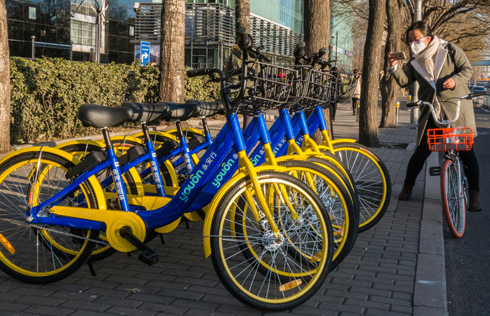Smartphone users victims of scams
The woman, identified only as Liu, immediately received a text message saying she had been charged 100 yuan ($16).
"The code she scanned must have been malware, which can put the user's privacy at risk," said Zhao Zhiyu, a matrix barcode expert who used to apply the codes to medicine management.
Risks include corrupted privacy settings, identity theft, links to dangerous websites containing browser exploits and even viruses.
But the two-dimensional codes do provide conveniences for smartphone users, Zhao said.
For example, users can install a program after scanning a specific code, saving time for them.
"It's not difficult to generate a code based on their own needs, since there are several types of software online," he said.
However, Zhao said, this ease of use allows some people to come up with malicious codes.
No effective measures or rules have been released to control the growing misuse of the codes.
"We don't know who should be responsible for the loss —the cellphone operators or the government," Zhao said.
More than 351,000 links contained in matrix barcodes were found to be dangerous and about 2,550 viruses were detected by the end of February, according to statistics from a Tencent antivirus program, which means 1.5 out of every 100 smartphone users may be attacked by a virus or access malware when scanning matrix barcodes.
As such cases increase, some people are holding off using the codes.

















